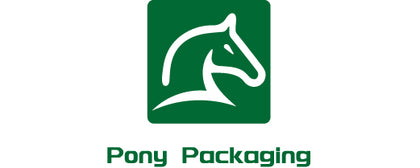What are Thermal Paper Rolls and their Advantages?
Thermal paper rolls are a type of paper that is coated with a special heat-sensitive material. Unlike traditional paper, which requires ink for printing, thermal paper utilizes heat to create images or text. This process is made possible through a thermal printer, which applies heat to the paper, causing the coated surface to darken in the areas where heat is applied, thus creating the desired print.
Advantages Of Thermal Paper Rolls
Speed and Efficiency: One of the most significant advantages of thermal paper rolls is their speed. Because they don’t require ink cartridges or ribbons, thermal printers can produce receipts and other documents rapidly, making them ideal for environments where efficiency is paramount, such as retail stores and restaurants.
Clarity and Precision: Thermal printing produces sharp, high-resolution images and text, ensuring that receipts and documents are easy to read and professional in appearance. This clarity is essential for ensuring accuracy in transactions and maintaining customer satisfaction.
Space-Saving Design: Thermal paper rolls are typically more compact than traditional printing supplies, making them ideal for businesses with limited storage space. Their compact size also makes them convenient for use in portable or handheld devices, such as mobile printers used by delivery drivers and field service technicians.
Durability: Thermal prints are resistant to fading and smudging, ensuring that receipts and documents remain legible over time. This durability is particularly important for records that may need to be retained for accounting or legal purposes.
Applications of Thermal Paper Rolls
The versatility of thermal paper rolls extends far beyond the realm of retail transactions. Here are just a few examples of industries and applications where thermal printing technology is utilized:
Retail: From point-of-sale receipts to barcode labels, thermal paper rolls are a staple in retail environments, providing fast and reliable printing for a variety of transactional documents.
Hospitality: Restaurants, hotels, and other hospitality businesses rely on thermal printers to generate receipts, order tickets, and other essential documents quickly and efficiently.
Transportation and Logistics: Airlines, shipping companies, and transportation providers use thermal printing for boarding passes, shipping labels, and other documentation, streamlining the check-in and shipping processes.
Healthcare: Thermal printers are commonly used in healthcare settings for printing patient wristbands, prescription labels, and other medical documentation, where accuracy and efficiency are paramount.

As technology continues to evolve, so too will the role of thermal paper rolls in modern commerce. Advances in thermal printing technology are already driving improvements in print quality, speed, and environmental sustainability.

